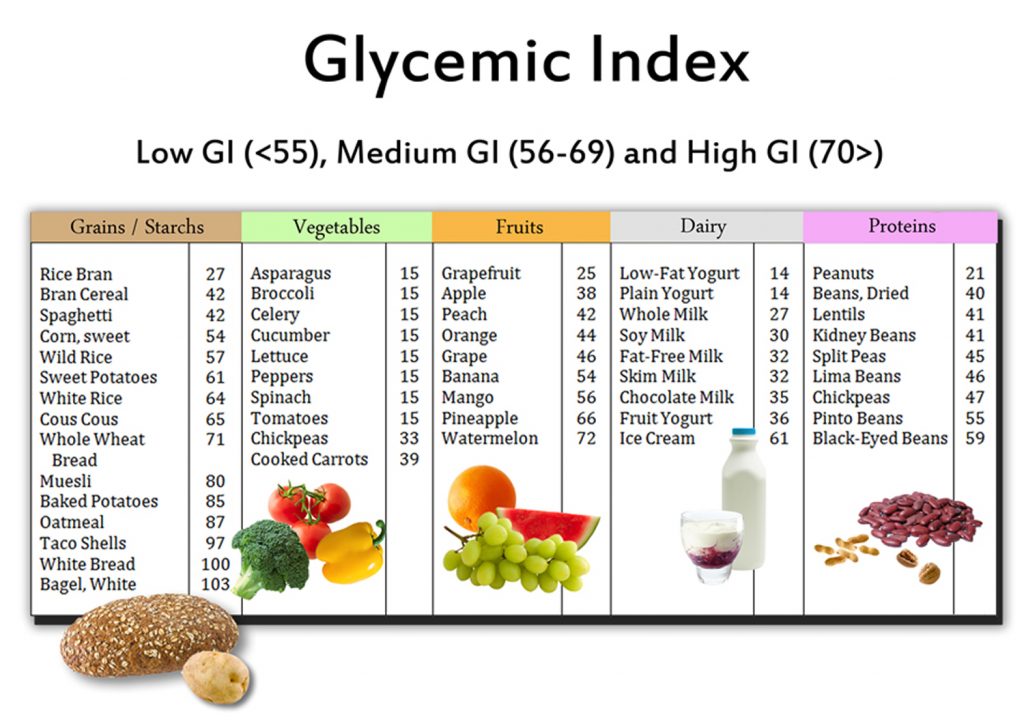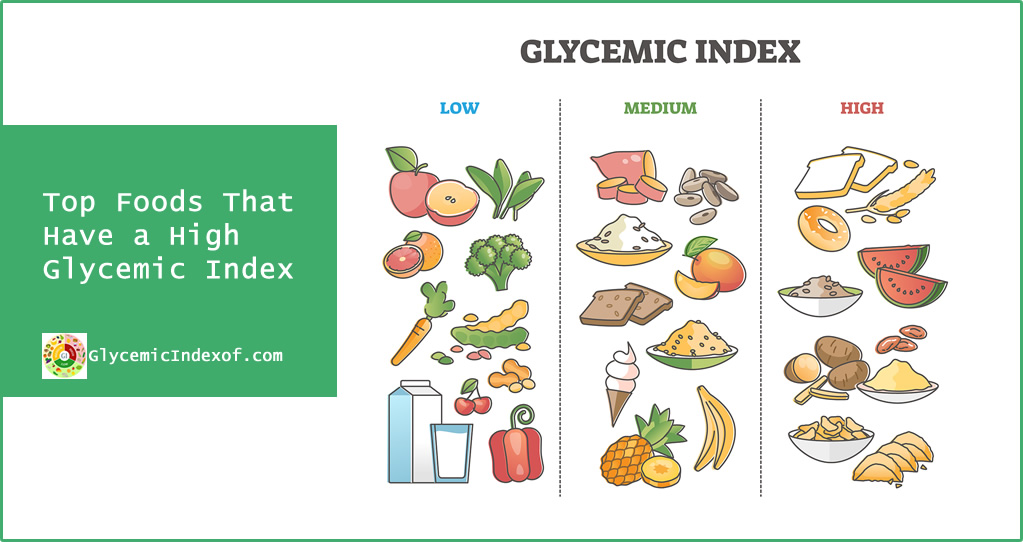So, Which factor is least likely to influence the glycemic index of a food?
A Glycemic index-based diet is the food plan that affects your blood sugar levels. The glycemic index allocates a number to foods containing carbohydrates to determine the increase in blood sugar that each food deploys. It helps in making the appropriate food choices to plan a balanced diet in the form of choosing food items with carbohydrates that are less likely to elevate the blood sugar levels. Read more about Which factor is least likely to influence the glycemic index of a food?
Consuming healthy foods with lower GI levels succors in reducing the blood sugar levels in diabetic patients and lowers the chance of any further complications. Diets with higher GI levels result in an increased risk of heart diseases, type 2 diabetes, and diseases of arteries. Multiple factors affect the glycemic index of a food and in order to plan a diet that creates a healthy impact the analysis of the factors that are least likely to influence the GI levels has a substantial role.
Factors least likely to affect the GI levels
Foods with lower GI i.e., less than 55 cause a lower increase in the blood sugar levels, and affect the absorption and digestion of the food.
Fiber content
Foods that possess soluble fiber have a way of lowering effect on the GI levels. These soluble fibers mix up with the liquid as well as the digestive juices to form a gel which helps in slowing the rate of emptying the stomach. In other words, it has a low effect on the digestibility or absorption of the carbohydrates.
Once the food is in the small intestine, the gel creates a protective layer around the starch particles to avert them from penetrating. It has been researched that people with diabetes who consume 10-20 milligrams of soluble fiber daily witnessed a decrease in their average blood sugar levels.
After the soluble fiber enters into the large intestine, it is converted into short-chain fatty acids that aid the blood sugar by signaling the liver to stop making glucose and increasing insulin sensitivity. Oats and legumes are rich in fiber and must be a part of your daily diet. On the other hand, insoluble fibers such as those found in bran have a little effect on the digestion and absorption of food and thus, must be avoided.
Sugar
It has been a misconception that all sugars have a higher GI, which is not the case. Sugar can help to lower the GI of foods that are already high by competing with the starch. The GI levels of sugars can be as low as 23 for Fructose and can range up to 105 for maltose. Therefore, the GI levels of the food depend upon the type of sugar it contains. Sugars are also seen to be excellent in lowering the GI of baked goods as it binds up with the fluid in the baking and prevents gelatinization, but ensure to use the minimum amount.
The particle size of the food
The particle size of the food incorporates a huge impact on the GI levels; food with intact grains have a much lower GI than those of refined tiny particles. Whole wheat, barley, whole corn, or whole rye are all perfect food items with a lower GI; alternatively flours made up of these grains contain high GI levels.
Factor that least affects the glycemic index of a food
Foods with low GI levels work incredibly in improving cholesterol levels, helping in the losing of weight, reducing the risk of cancer, as well as any heart disease. We have mentioned all the factors that affect the GI levels of the food the least, however, if you still want to know one factor which tops the list then it is the fiber content. High fiber and low level of starch least affects the GI levels of the food and helps individuals in living a healthy and nutritious lifestyle. Concluded – Which factor is least likely to influence the glycemic index of a food?.


